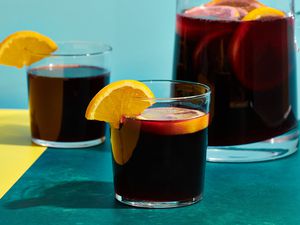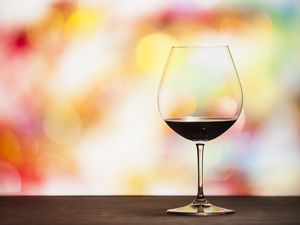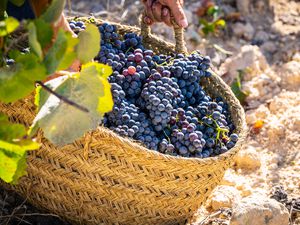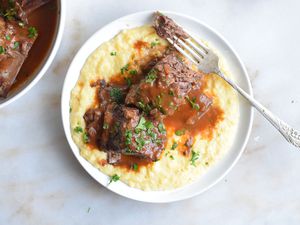
First things first, red wine is well…red, but why? Its color can be derived from a vast assortment of grape varietals ranging from grapes that are reddish, deep purple, and even a beautiful blue on the color scale. These grapes give rise to a wine that is color classified with such descriptors as garnet, almost black, dark red, light red, ruby red, opaque purple, deep violet, maroon, and the list goes on.
It is the grape skins that are responsible for the red wine’s distinct color spectrum. The skins are in contact with the grape’s juice during the fermentation process, allowing the dispersion of both color and tannins. The individual wine’s particular red hue depends on the grape type used in the process and the length of time the skin’s pigmentation is in contact with the juice. There are right around 50 key red wine varietals that consistently manifest themselves in today’s worldwide wine market.
Red Wine Styles
As with all wines, the particular winemaker will have adequate “say” in the style of wine he will produce. That said, red wines are often classified by “body-type.” For example, one might say that a certain red wine is “light-bodied” – referring to the mouth-feel and tannin structure.
A light-bodied wine will have fewer tannins present and less presence on the palate. These wines tend to be less demanding partners with flavor-filled foods. An example of a light-bodied red wine would be one derived from the Gamay grape varietal, such as France’s famed young red wine: Beaujolais Nouveau.
A medium-bodied red wine will contain more tannins than the above Beaujolais Nouveau, but will not have near the pucker power of a high-powered California Cabernet Sauvignon or an Italian Super Tuscan. Typical examples of medium-bodied red wines include Merlot, Shiraz or a Chianti.
Full-bodied red wines boast the highest tannin (and often alcohol) content. Prime examples of full-bodied reds are France’s esteemed Bordeaux wines, California’s key Cabs and Italy’s sizzling Super Tuscans. In general, light-bodied wines tend to “feel” more like water in the mouth. In contrast, “full-bodied” wines feel heavier, more like milk. This effect is due in large part to the higher tannin (and again, alcohol) content. Red wines are also often described as either dry or sweet.

Key Red Wine Varietals
The top red wine varietals that you are likely to encounter are Cabernet Sauvignon, Pinot Noir, Zinfandel, Merlot, Cabernet Franc, Petite Sirah, Syrah, Shiraz, Sangiovese, Malbec, and Grenache.
Sometimes, you will hear of red wines referred to by their popular regional names. For example, a "Bordeaux" is a red wine from France that is made primarily from three varietals: Cabernet Sauvignon, Cabernet Franc, and Merlot grapes, or move to order a wine from Italy and you will often hear of a Chianti- made from the Sangiovese grape varietal, or look at Piedmont's Barolo or Barbaresco wines (both of which hail from the Nebbiolo varietal). Malbec is Argentina's superstar red wine grape and is a rising star in the world of red wine.
Red Wine Glass Choice
Red wines will put their best foot forward when poured into and sipped out of a wine glass with adequate room. A distinctly oval or egg-shaped bowl that narrows slightly at the top as opposed to a slender flute-like glass is necessary to enjoy a red wine to the fullest. The ideal red wine glass will accommodate between 10 to 22 ounces of liquid, allowing more room to swirl your wine and better surface area for allowing the wine to breathe a bit.
On the serving note, keep in mind that most red wines are at their best when serving temperatures are between 60 to 65 F—serve them too warm and the taste of alcohol is overly evident, serve them too cold and they will quickly veer towards bitter and more astringent on the palate.
Common Red Wine Flavor Descriptions
- Cherry
- Plum
- Strawberry
- Blackberry
- Raspberry
- Currant
- Gooseberry
- Boysenberry
- Raisin
- Fig
- Pepper (white/black)
- Clove
- Cinnamon
- Coffee
- Cocoa
- Mocha
- Tobacco
- Leather
- Licorice
- Toast
- Smoke
- Violet















